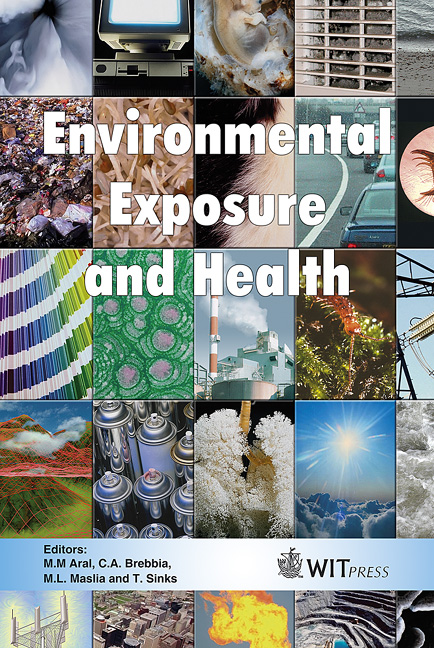Fate And Transformation Of Quinoxaline N’N’-dioxide Antibacterial Agents During Chlorination
Price
Free (open access)
Transaction
Volume
85
Pages
8
Published
2005
Size
296 kb
Paper DOI
10.2495/EEH050131
Copyright
WIT Press
Author(s)
A. Shah, J.-H. Kim & C.-H. Huang
Abstract
Quinoxaline N’N’-dioxides are an important group of veterinary antibiotics whose fate in the environment can be greatly altered by potential reactions during chlorination of wastewater and drinking waters. Their presence is of particular concern due to their potential mutagenic, carcinogenic, and embryotoxic effects. Experiments show that quinoxaline N’N’-dioxides such as carbadox and its metabolite, desoxycarbadox, are highly susceptible to oxidation with chlorine and chloramines, in which the reaction rate of carbadox with free chlorine is extremely rapid and highly pH-dependent. No reactions were found to occur for a series of structurally-related compounds that resemble portions of this parent compound, which suggest that carbadox’s side chain, rather than the aromatic N’N’-dioxide moiety, holds especially high reactivity to chlorine and chloramines oxidants. Several dominant oxidation by-products of carbadox and desoxycarbadox have been preliminarily identified. Further studies will elucidate the transformation pathways and evaluate reaction kinetics in real water matrices. Keywords: Quinoxaline N’N’-dioxides, carbadox, desoxycarbadox, olaquindox, veterinary antibiotics, oxidation, chlorine disinfection. 1 Introduction Quinoxaline N’N’-dioxides (QNOs) are antibacterial agents primarily used in animal husbandry to promote growth and prevent dysentery and bacterial enterities in young swine. Two compounds that are most widely used from this class are carbadox (CDX) (methyl-3-(2-quinoxalinylmethylene) carbazate N,N’- dioxide) and olaquindox (ODX) (2-methyl-3-(N-(2-hydroxyethyl)carbamoyl)-
Keywords
Quinoxaline N’N’-dioxides, carbadox, desoxycarbadox, olaquindox, veterinary antibiotics, oxidation, chlorine disinfection.




